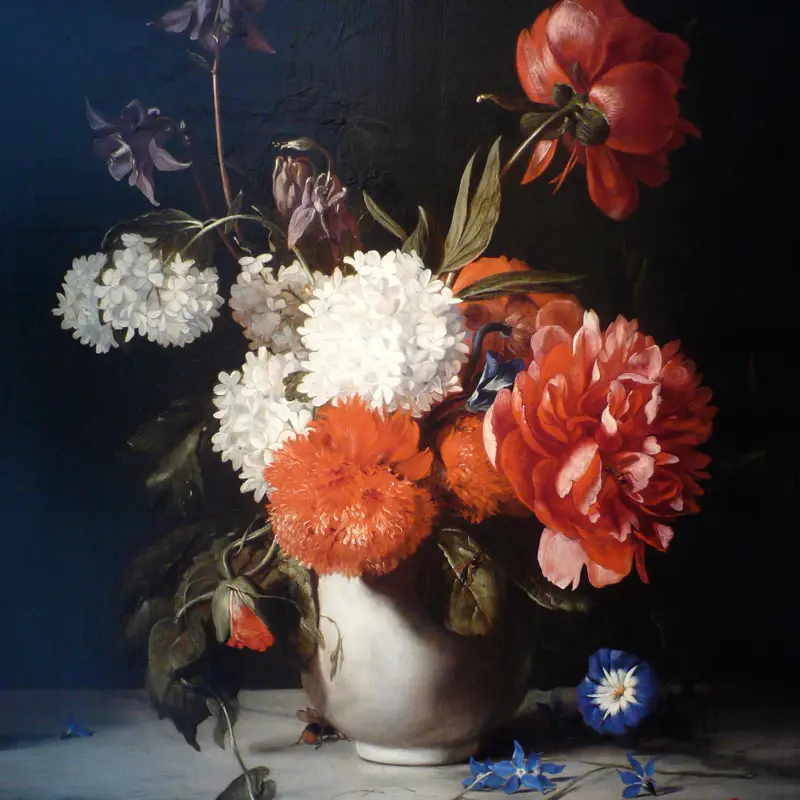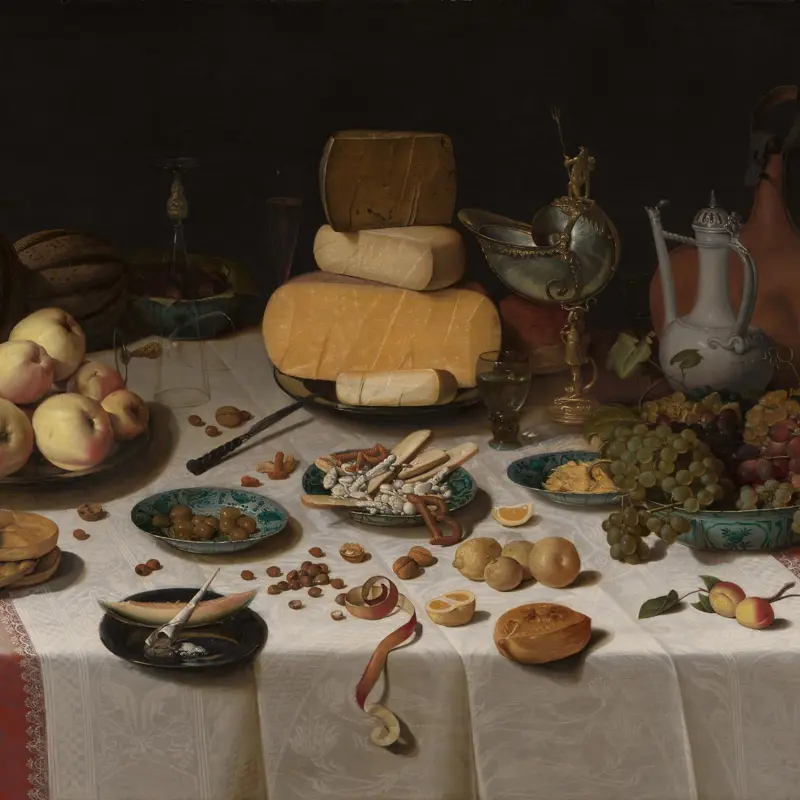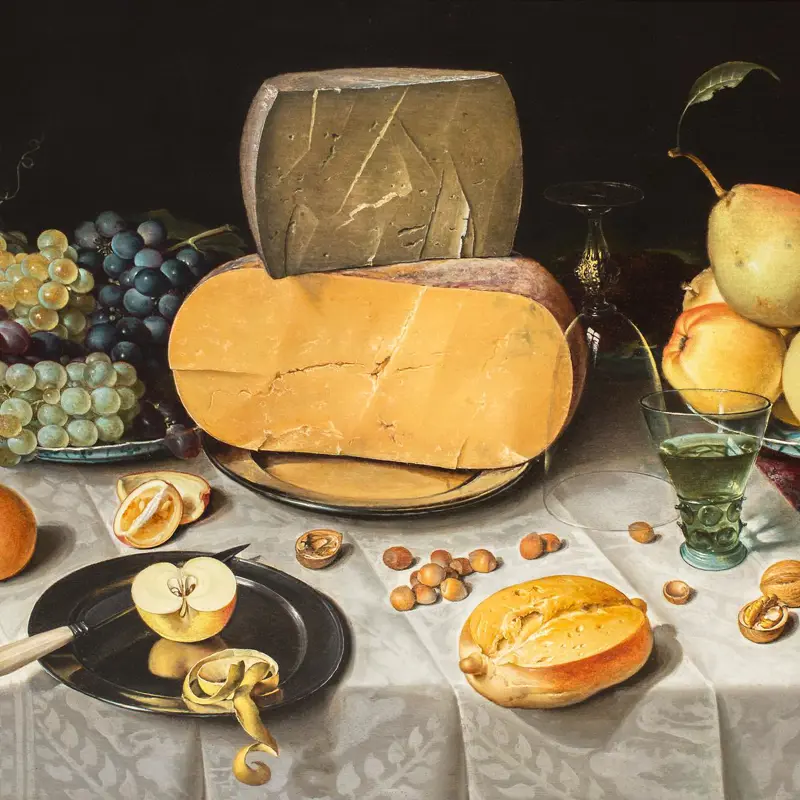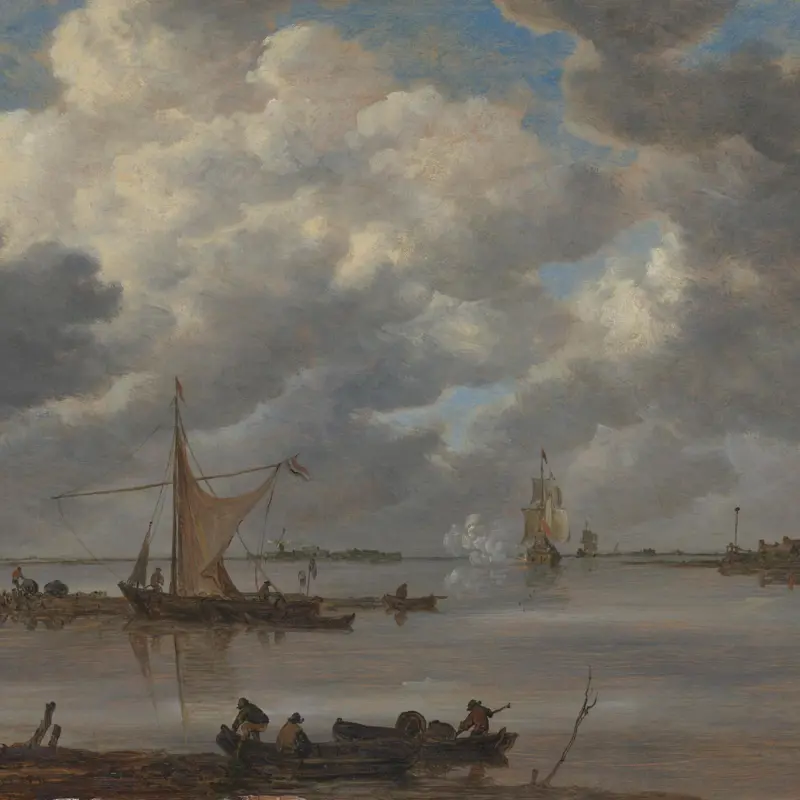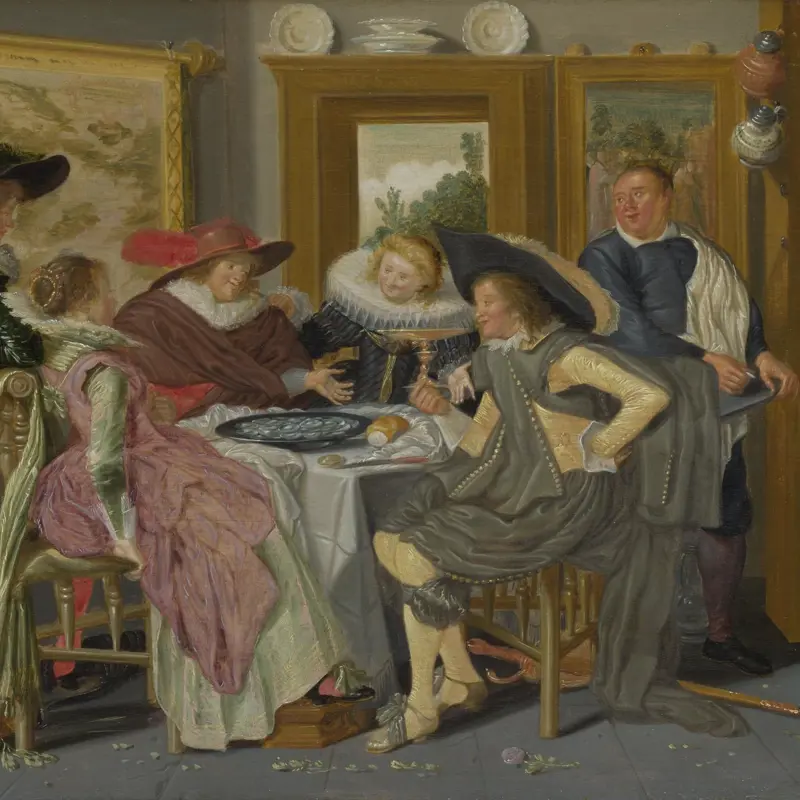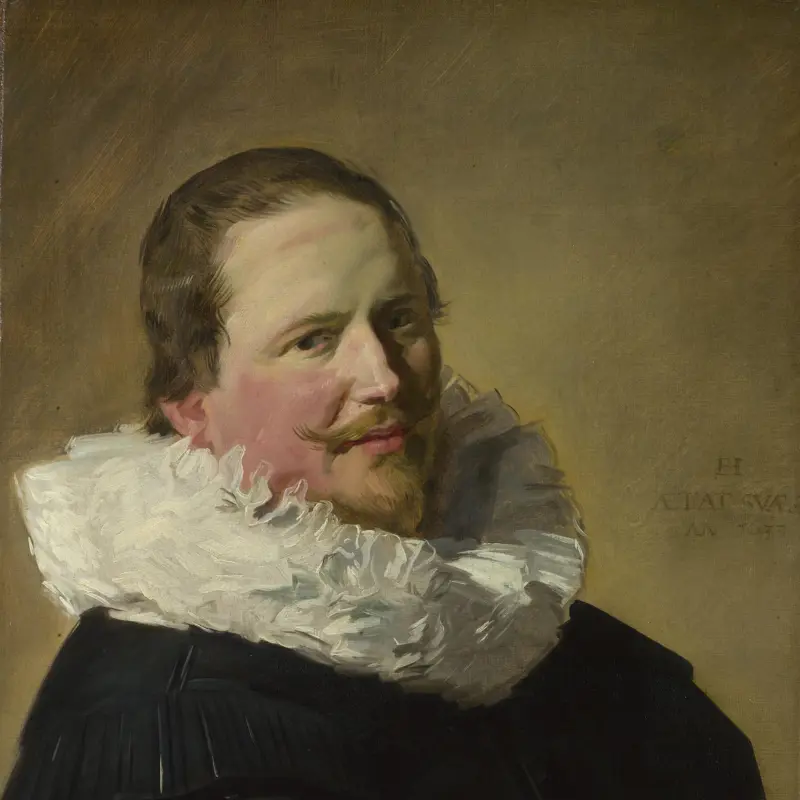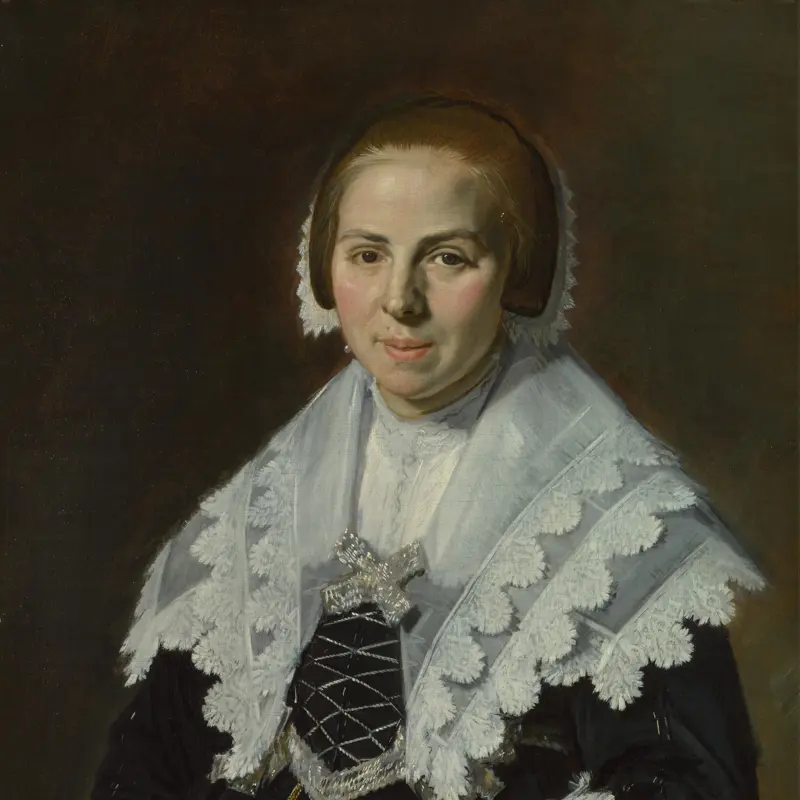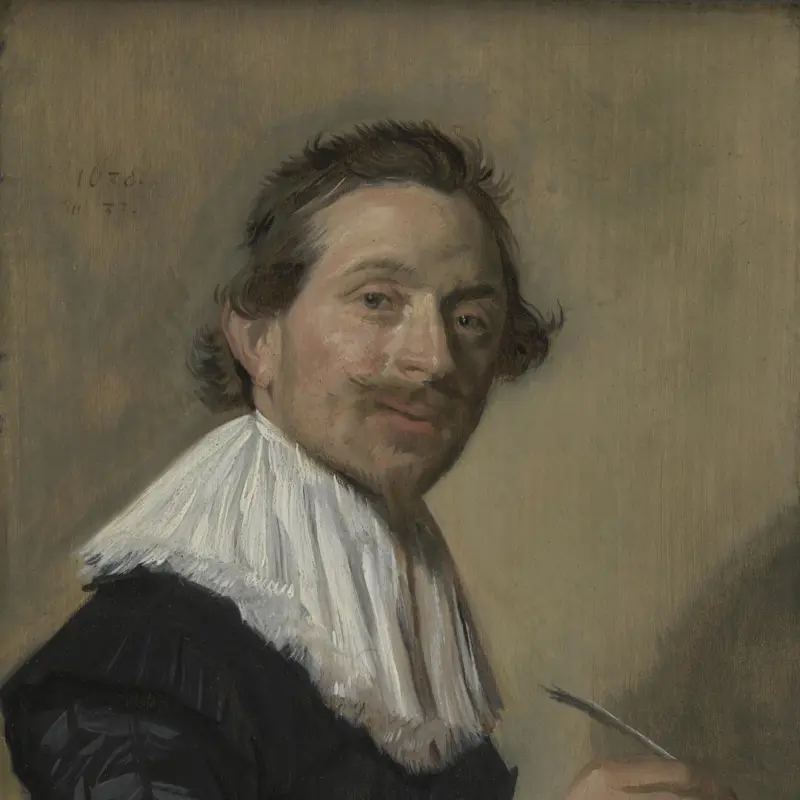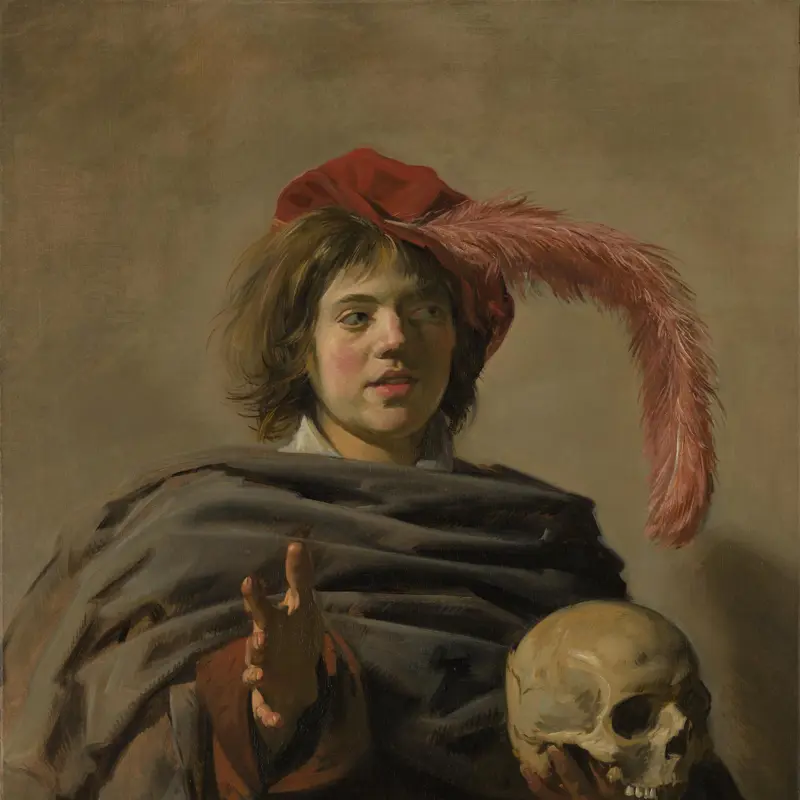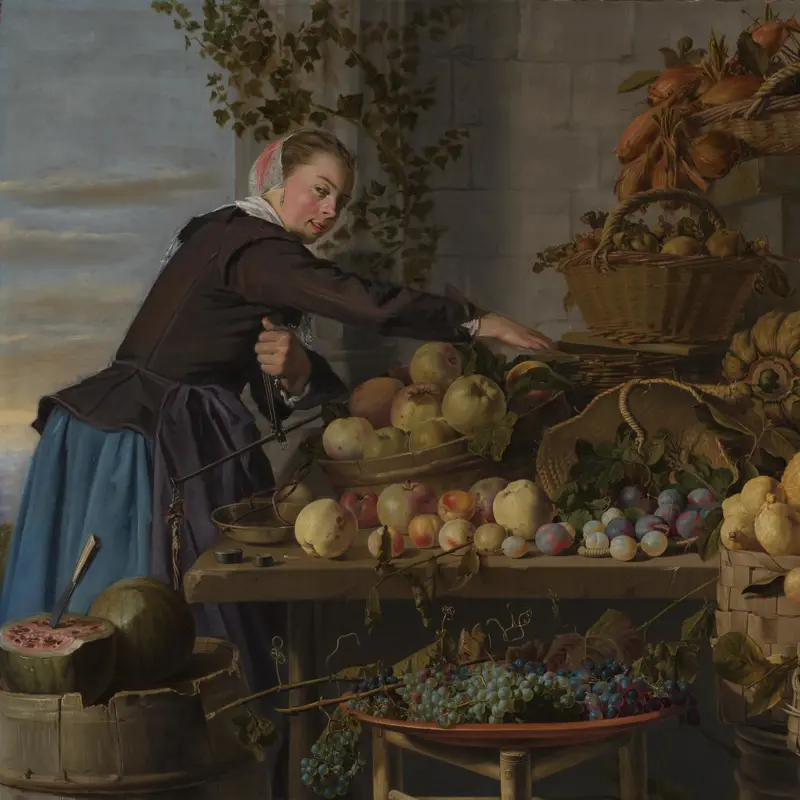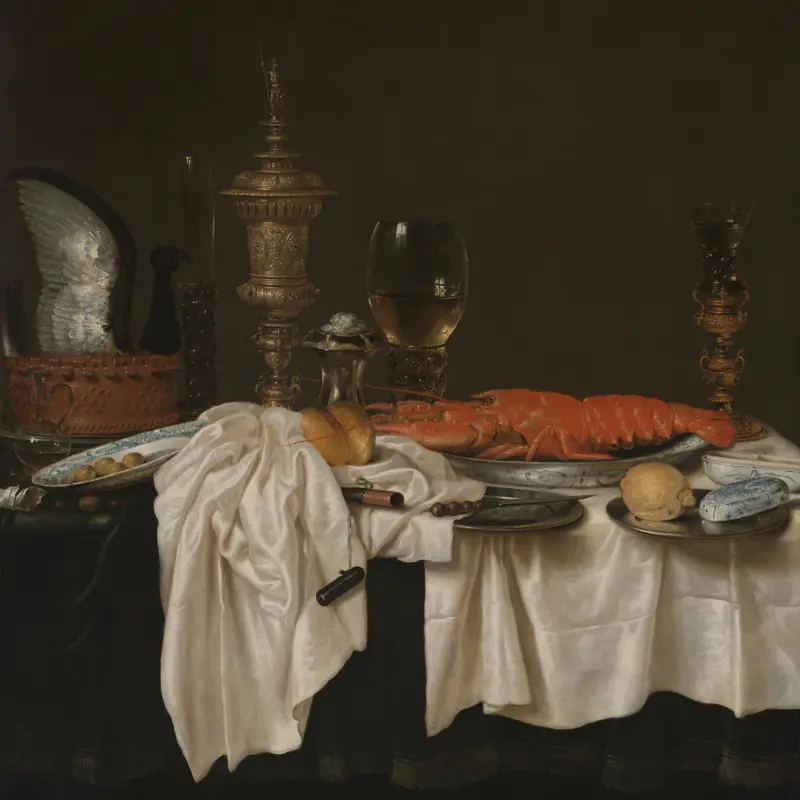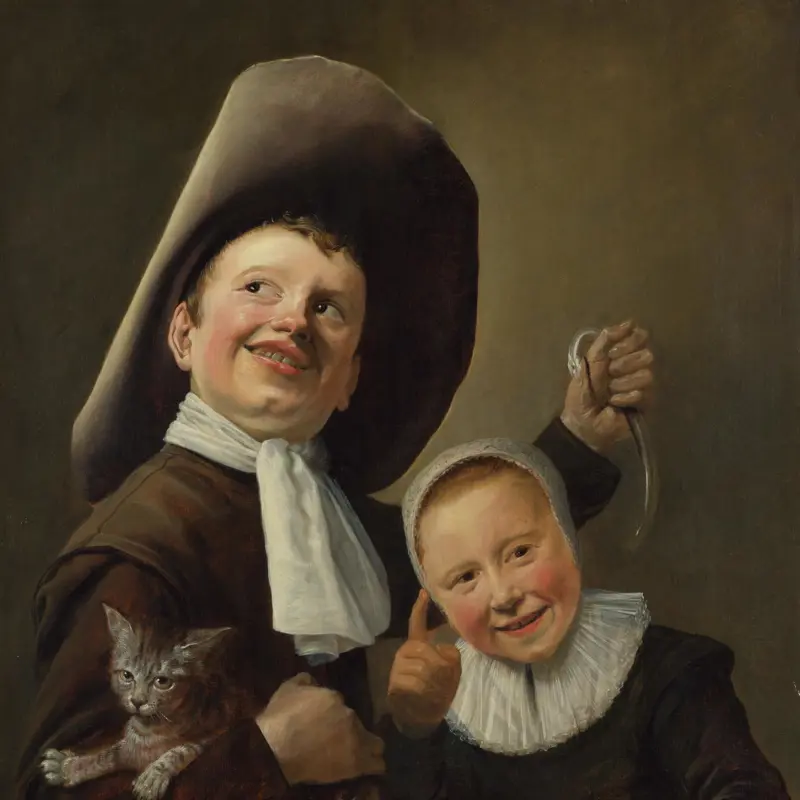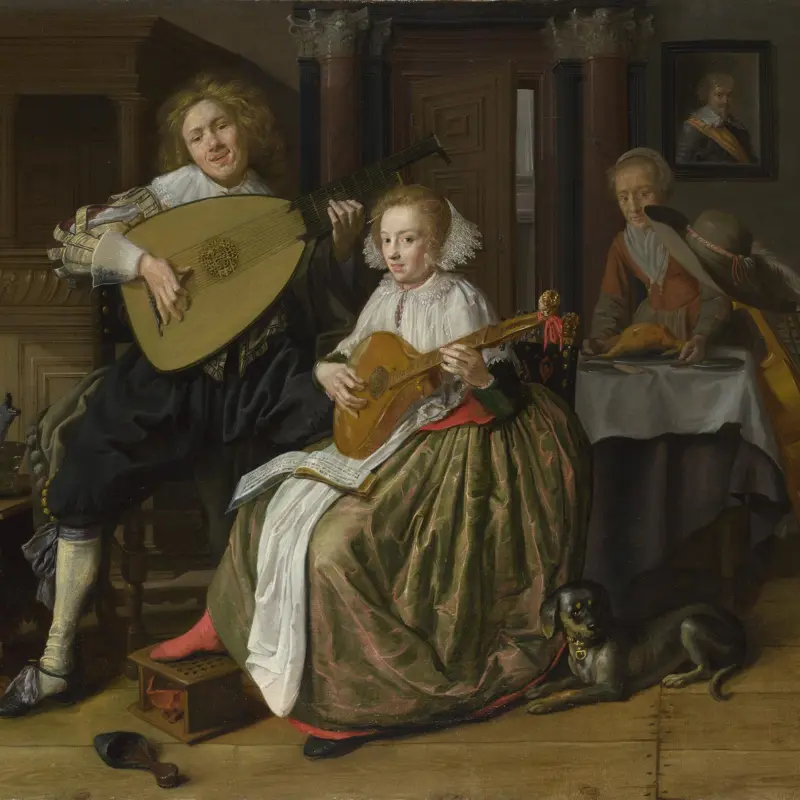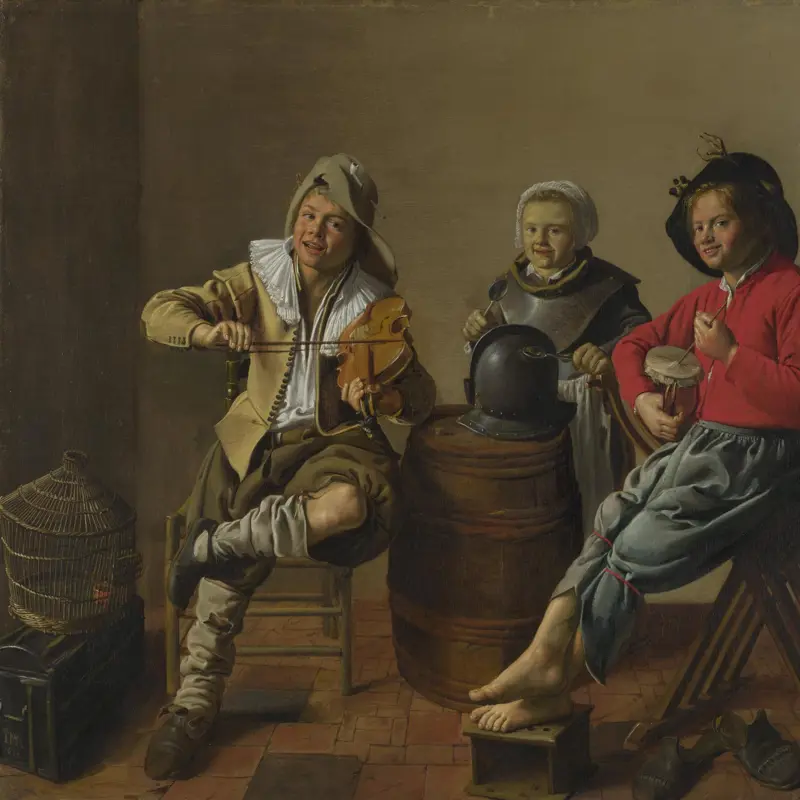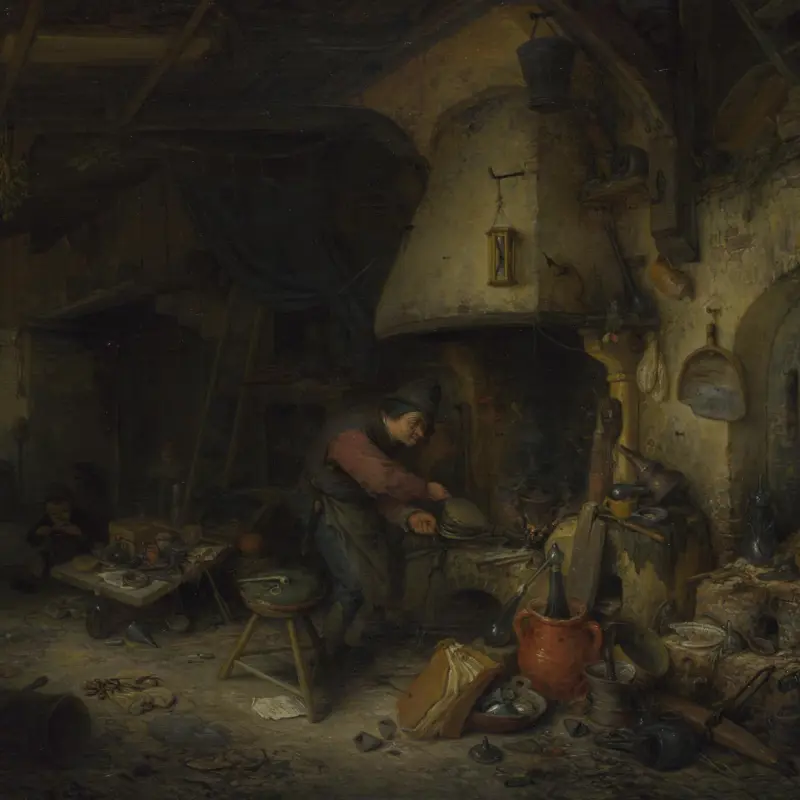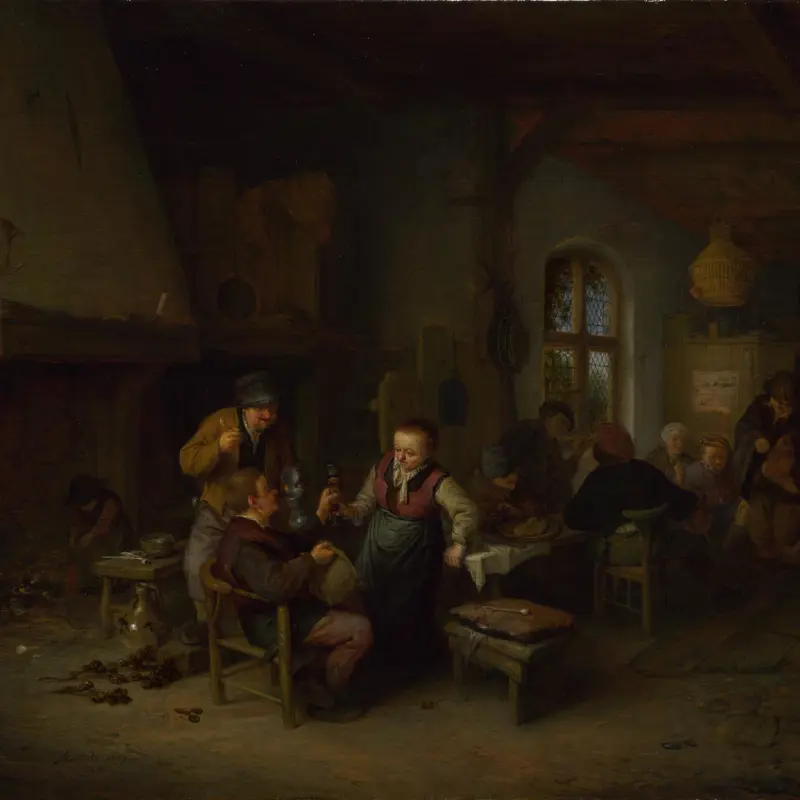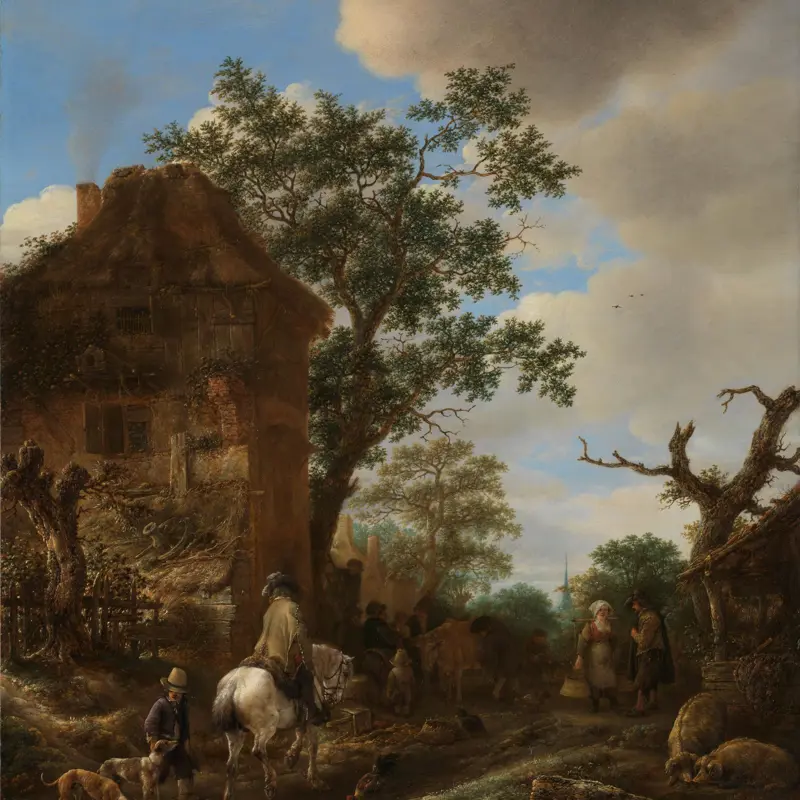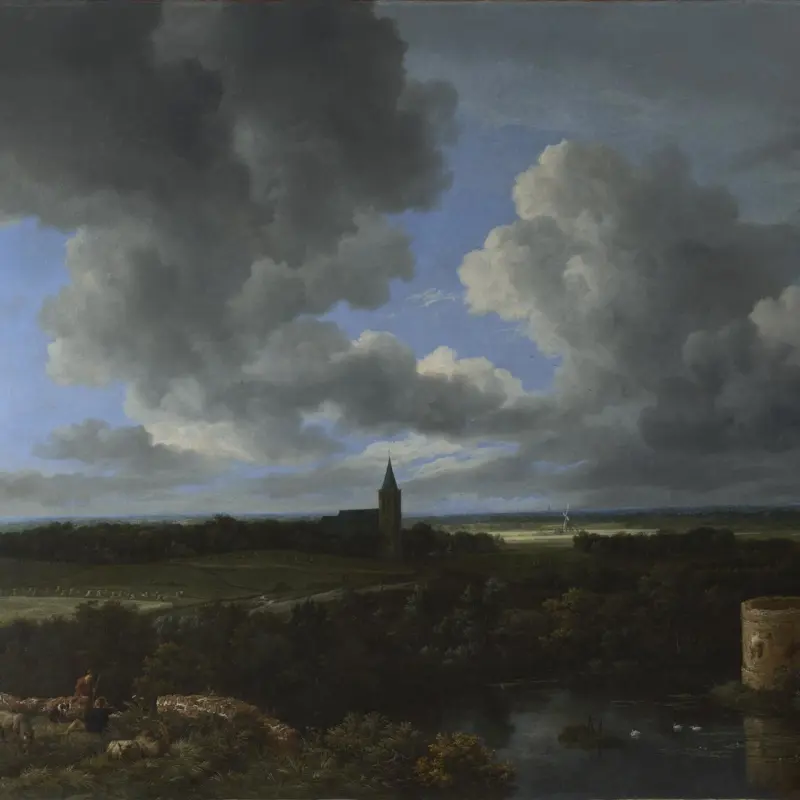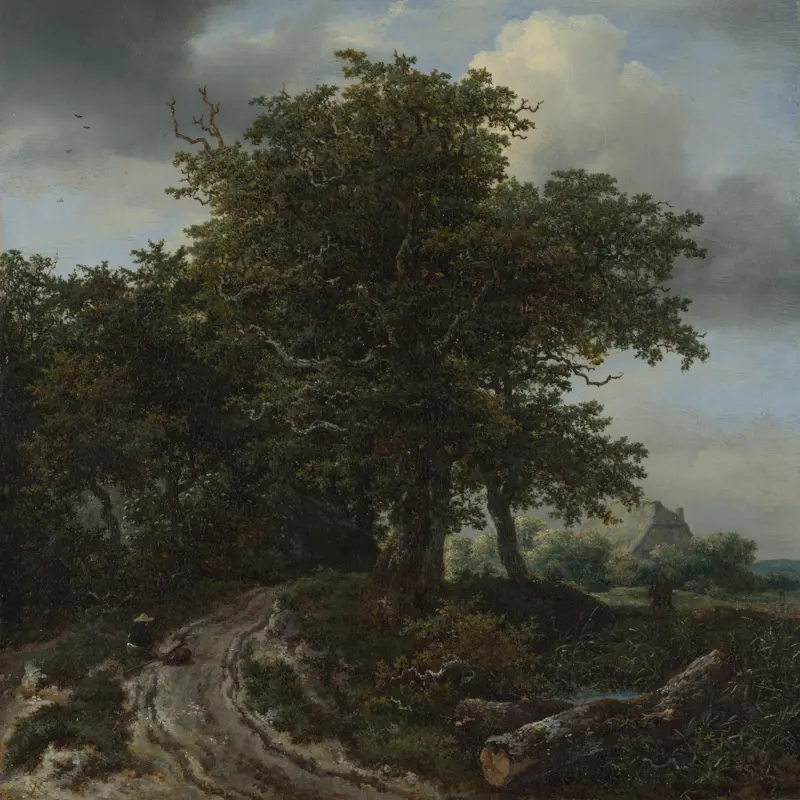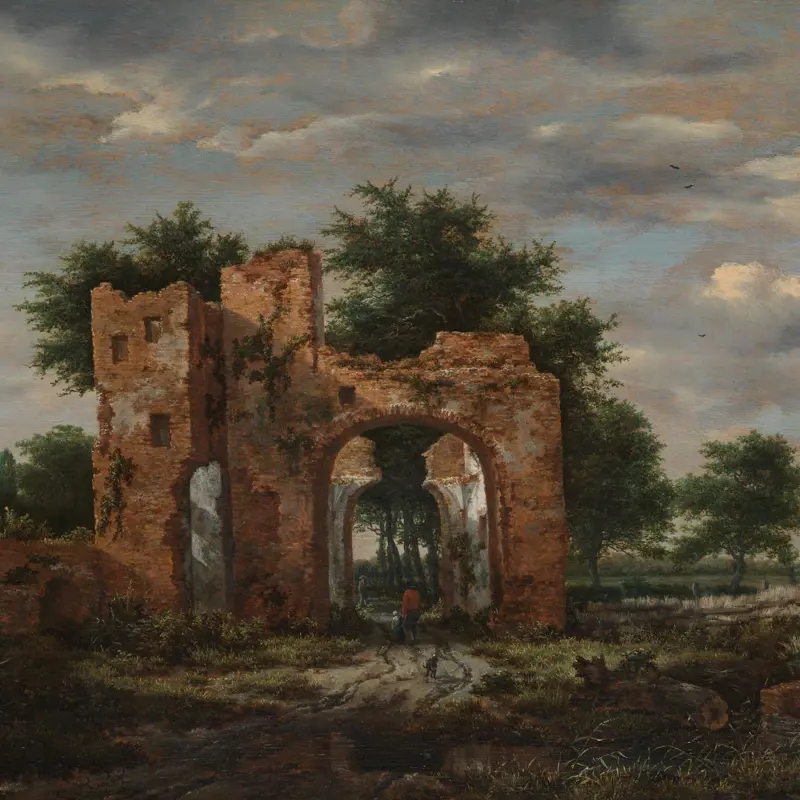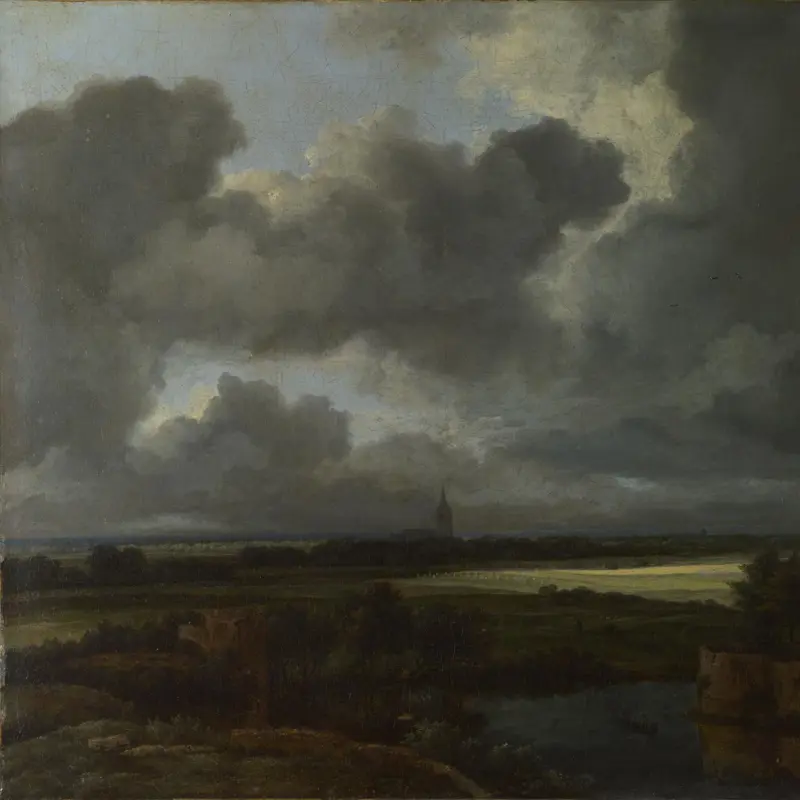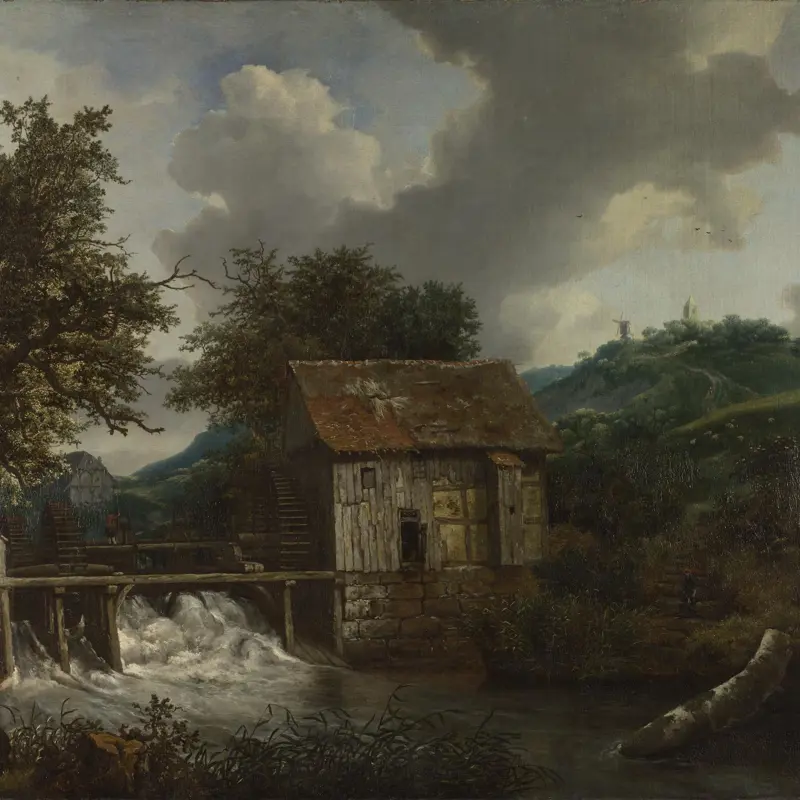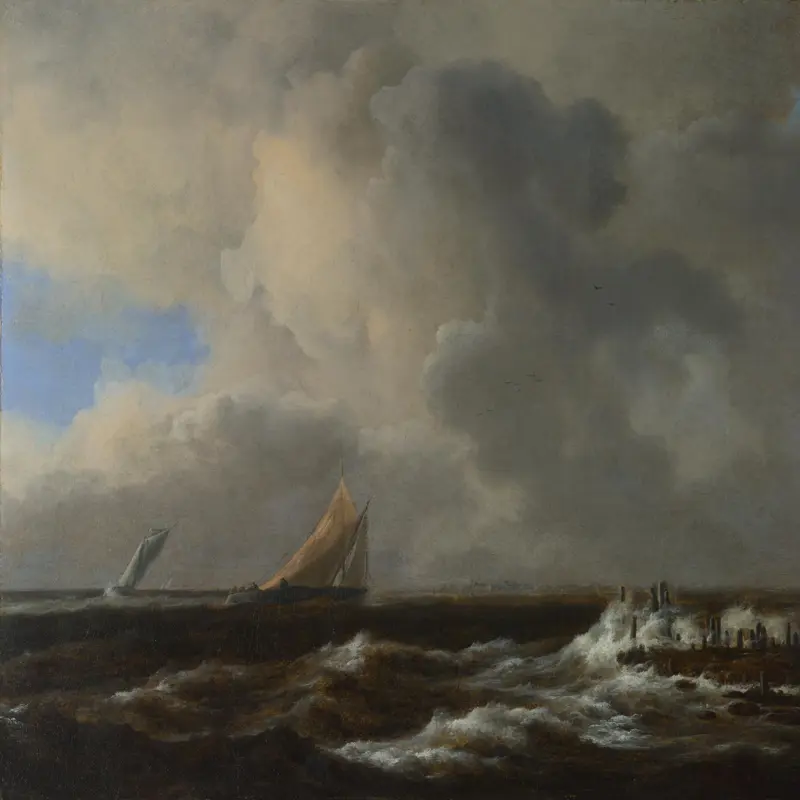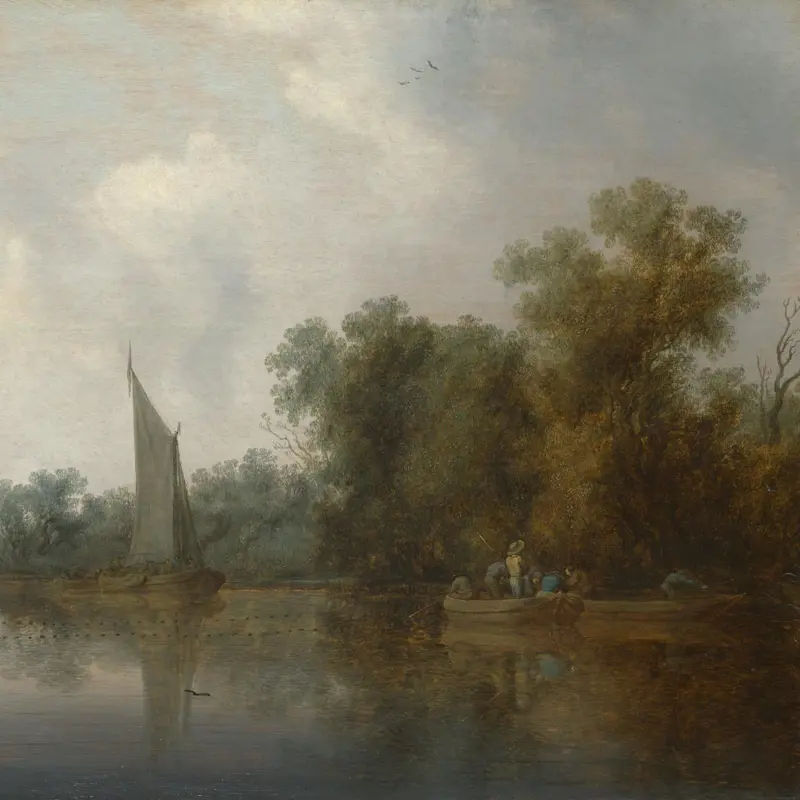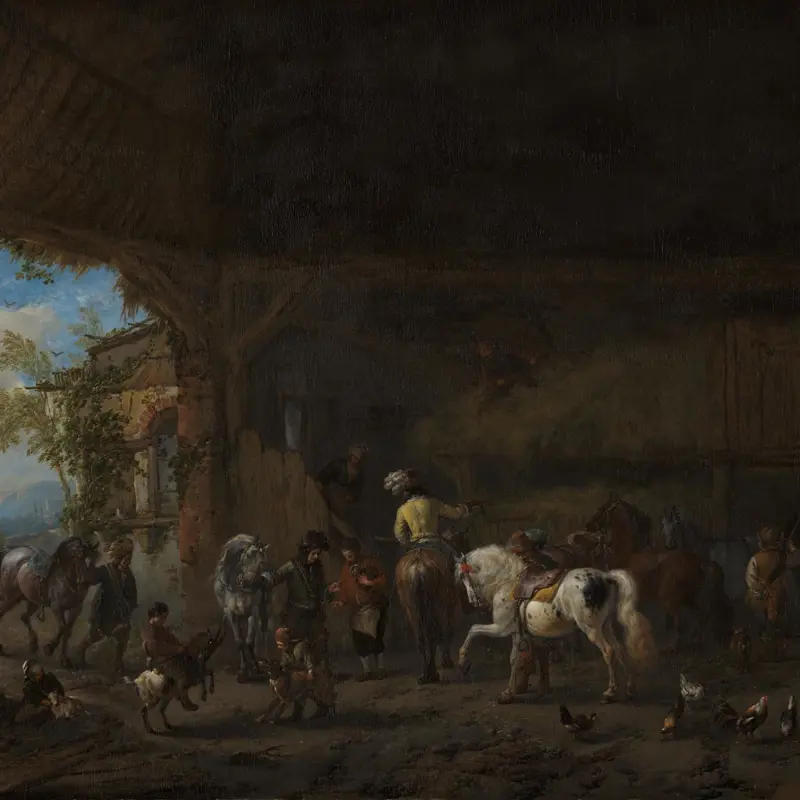The Eighty Years' War (1568–1648) between the Dutch Republic and Spain led to turmoil in the Catholic Southern Netherlands, known as Flanders (modern-day Belgium). This prompted many Flemish people to move to the safer and more prosperous Northern Netherlands.
Flemish immigrants brought with them their skills in trade, industry and craftsmanship. Haarlem especially saw substantial economic and cultural benefits from the influx of Flemish merchants and artisans. The demand for paintings from a growing middle class with money to spend led to many painterly innovations.
In the Protestant Northern Netherlands, the Church had ceased to be the main patron of the arts. Instead, the preference of the new Haarlem elite was for subjects that originated in their immediate surroundings. These ranged from the varied landscape around Haarlem, portraits in which they proudly posed for the painter and spectacular still lifes that demonstrated their increased wealth, to cheerful representations of both indoor and outdoor gatherings of people encountered in and around the city. Many of the genres for which 17th-century Dutch painting is best known were in fact first introduced in Haarlem.



